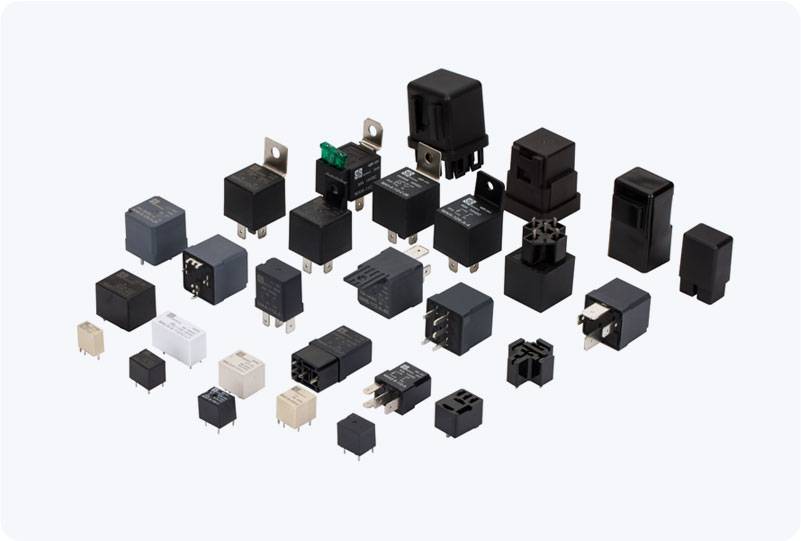A Thermostatic Mixing Valve (TMV) is a critical component used in plumbing systems to maintain a consistent and safe water temperature. Whether installed in residential, commercial, or industrial environments, TMVs ensure that water delivered to taps, showers, or other fixtures remains at a predetermined safe temperature. This article will explore the significance, working principle, applications, and benefits of Thermostatic Mixing Valves in modern plumbing systems.

What is a Thermostatic Mixing Valve? A Thermostatic Mixing Valve is a device that automatically blends hot and cold water to maintain a desired output temperature. By adjusting the ratio of hot to cold water, the valve ensures that water temperature remains constant, even when the water pressure or flow rates of the hot and cold supplies fluctuate. This is particularly important in preventing scalding and providing comfort and safety in domestic and commercial water systems. TMVs typically consist of a thermostatic element that responds to temperature changes in the water supply. This element controls the opening and closing of the valve to regulate the mix of hot and cold water. When the water temperature exceeds or falls below the set point, the thermostatic valve adjusts to maintain the desired temperature, ensuring a steady, comfortable flow.